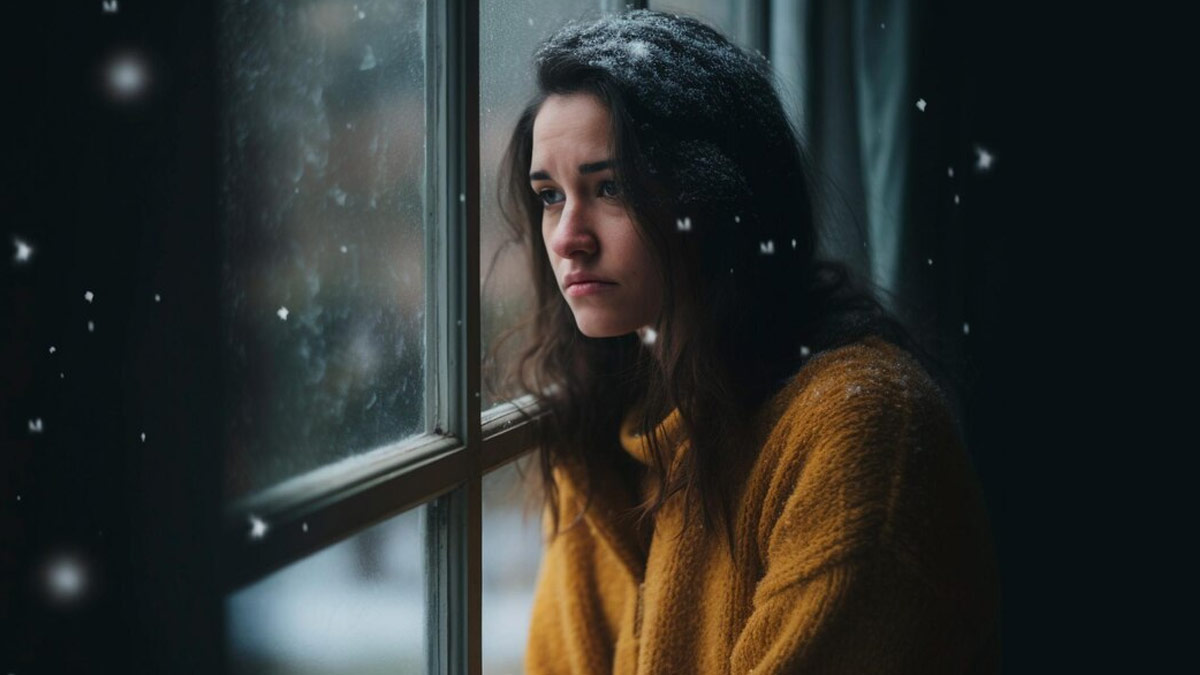
As visibility dropped to 50m in North India yesterday, all flights and trains were delayed till 6 in the morning. While dense fog can exacerbate several physical diseases like asthma and rheumatic diseases, the lack of sunlight and gloomy atmosphere can also hurt mental health.
Table of Content:-
According to a recent advisory by Harvard Health, lack of sunlight during heavy fog can lead to Seasonal Affective Disorder or SAD. The advisory detailed that SAD is a type of depression that usually begins in late fall and early winter, as temperature starts falling and usually alleviates once spring begins.
Dense Fog Causes Depression

Harvard Health shared that the exact cause of SAD is currently unknown, but researchers believe that the primary cause is lack of sunlight. Highlighting the importance that SAD deserves, Dr Richard Schwartz, Associate Professor, Psychiatry, Harvard-Affiliated McLean Hospital, said, "SAD is not a minor condition, but because people typically experience it only during certain months, they don't see it as serious.” He urged people to not ignore the signs of SAD and to seek treatment as early as possible.
Harvard Health elucidated that a lack of sunlight hampers the functioning of the hypothalamus which regulates our body clock. This results in a spike in the levels of melatonin, the sleep hormone, and reduces serotonin, the happy hormone. A family history of SAD or depression can further alleviate your risk of developing the ‘winter blues.’
Shining a light on the symptoms of SAD, the National Health Services listed:
- Persistently low mood
- Losing interest in everyday activities
- Getting easily irritated
- Feeling guilty, in despair, and worthless
- Having lower self-esteem than usual
- Inability to stop crying
- Feeling stressed or anxious
- Low sex drive
- Difficulty socialising
- Being lethargic and tired
- Difficulty concentrating
- Finding it difficult to go to sleep or wake up in the morning
- Increased appetite, probably a craving for carbohydrates
Also Read: As Heavy Fog Engulfs North India, Expert Shares How It Can Trigger Asthma
Treating SAD

Harvard Health shared that the two main treatments for SAD are light therapy and antidepressant medications, and the best approach combines both these modalities. It stated that usually the antidepressant drugs prescribed to treat SAD are:
- Fluoxetine (Prozac)
- Sertraline (Zoloft)
- Bupropion (Wellbutrin)
On the other hand, bright light therapy involves the use of light boxes that emit 10,000 lux, which is about 100 times brighter than usual indoor lighting. For reference, when the sun is out, a bright sunny day emits around 50,000 lux or more.
Recommending the ways to use a light box, Harvard Health shared that you should place the light box at least a foot away in front of you. Approximately 30 minutes of exposure to the light box every morning is efficient enough.
Dr Shwartz said, "Try to get in some light before 10 am, especially if you often feel SAD symptoms by midday."
Also Read: Coping with Season Change: Struggles Of People With Seasonal Affective Disorder
Concluding their advisory, the researchers shared that light therapy can produce some temporary side effects like headaches and irritability. That is why it is crucial to consult a certified expert, especially if you have an eye condition or sensitive skin. Also, make sure that whenever the fog lifts and the sun is out, bask in the sunlight for as long as you can. Dr Shwartz concluded that a lack of sunlight can affect even the healthiest individuals, so make sure that you take a proactive approach to treating your SAD symptoms during winter.
Also watch this video
How we keep this article up to date:
We work with experts and keep a close eye on the latest in health and wellness. Whenever there is a new research or helpful information, we update our articles with accurate and useful advice.
Current Version